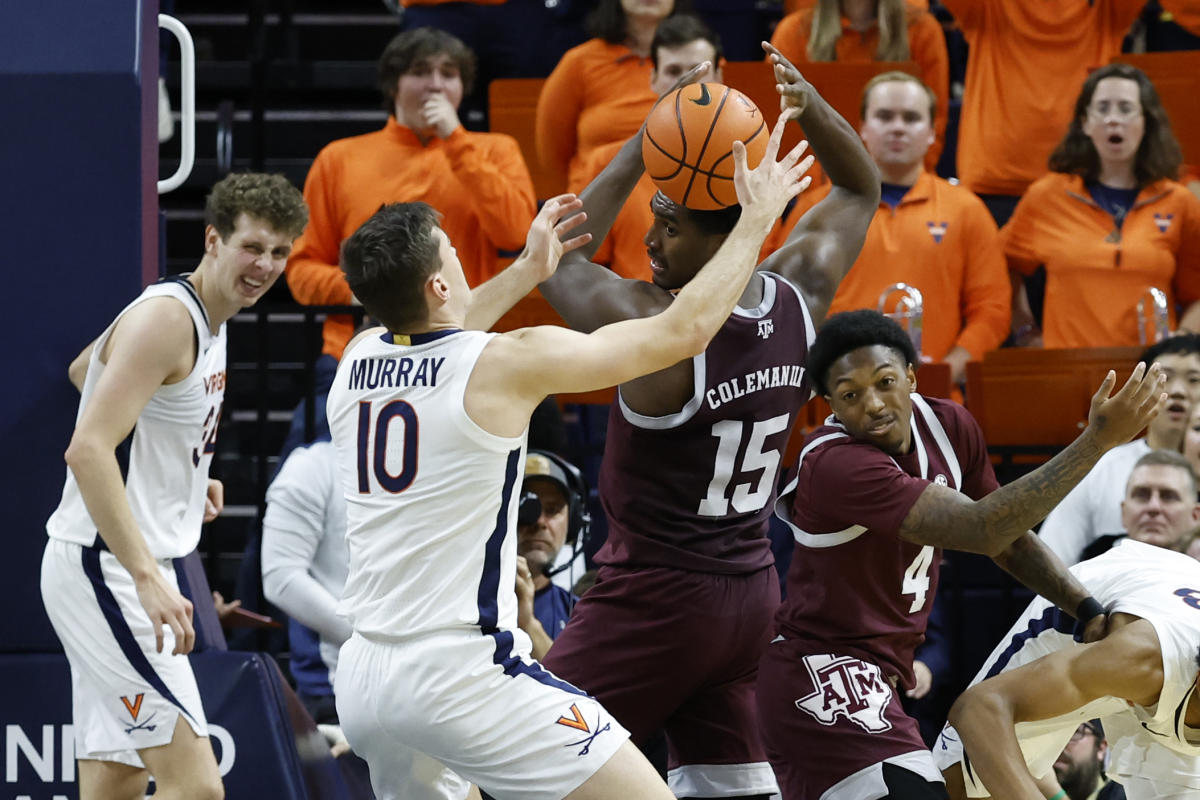Iowa’s interim athletic director, Beth Goetz, recalls a conversation she had with women’s basketball coach Lisa Bluder shortly after the Hawkeyes lost to LSU in the national championship game. Bluder had an idea, and six months later, it became a reality when Kinnick Stadium, home of the football team, hosted an exhibition game between Iowa and DePaul in front of a crowd of 55,646, the largest ever for an NCAA women’s basketball game. This concept was born out of the success of the national championship game, which set records for viewership.
Goetz’s response to Bluder’s idea was simple: “Let’s make this happen.” They understood the importance of capitalizing on the moment and using it to drive growth in women’s college basketball. The sport had a breakthrough moment last spring with the Final Four games attracting record viewership. People who previously paid little attention to women’s basketball were now talking about the players and the games. It even overshadowed the men’s Final Four event in Houston.
As a new season begins, women’s teams across the country are trying to build on this increased interest. Iowa and LSU have sold out their season tickets, and South Carolina and Notre Dame will open the season in Paris, marking the first NCAA basketball game played there. The goal is to ride the wave of momentum and continue to elevate the sport.
The new name, image, and likeness rules in college athletics have also been beneficial for women’s basketball players, who are among those best positioned to take advantage of the financial opportunities. Players like Angel Reese and Caitlin Clark have significant social media followings, which have increased their market value. They now appear in advertising campaigns seen across the country, helping to raise the profile of women’s basketball.
Marketing professor Lee McGinnis describes this as the halo effect, where the popularity of a few standout players helps elevate the entire league. The exposure these players receive translates to more fans and increased exposure for other teams as well. Now is the time to be bold and promote women’s basketball, as it can only enhance the sport’s value and attract more attention.
Looking ahead, the television deal with ESPN for Division I NCAA championships, excluding the men’s basketball tournament, is set to expire in 2024. The value of the women’s basketball tournament is expected to increase significantly, and continued growth and success can only strengthen its bargaining power.
However, there are still challenges to overcome. Inequities between the men’s and women’s tournaments have been evident in recent years, and better nonconference schedules and event locations are needed to engage fans earlier in the season. The responsibility lies with individual institutions, conferences, and the NCAA as a whole to prioritize and support the growth of women’s basketball.
In conclusion, women’s college basketball has experienced a surge of interest and momentum following a successful national championship game and record-breaking viewership. Now is the time to capitalize on this success, promote the sport, and secure better opportunities for women’s basketball in the future.

Laura Davis covers the world of basketball with precision. Her articles explore NBA and college basketball, offering game analysis, player profiles, and highlights. Laura’s passion for hoops is evident in her comprehensive basketball coverage.




:no_upscale()/cdn.vox-cdn.com/uploads/chorus_image/image/72931262/usa_today_21973134.0.jpg)


